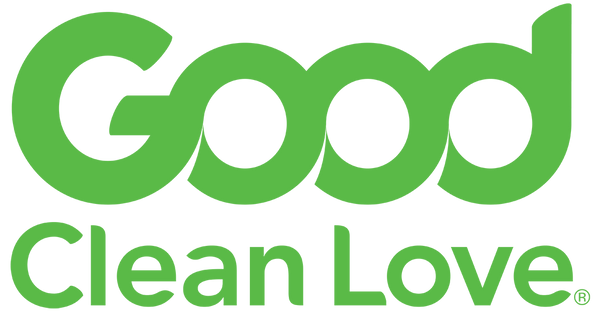This weekend (June 3) was National Cancer Survivors Day, a day for those with a history of cancer to celebrate milestones, connect with one another, and recognize their support network.
Most, if not all of us, know someone in our family or community who has been affected by a cancer diagnosis. In fact, roughly 38% of women in the U.S. – or more than one in three – will develop cancer during their lifetime. Given those odds, it seems only fitting to reflect on three practical things to know about reducing our risk.
1. Adopting Healthy Habits Can Make a Difference
Our likelihood of being diagnosed with cancer comes down to just a few factors: our family history, our environment, and our lifestyle choices. And while there’s not much we can do about our family history or the environment around us, the day-to-day choices we make about the way we treat our body can really make a difference in the long run. In fact, over 70% of the risk factors that contribute to a cancer diagnosis fall under the category of lifestyle choices.
According to the American Cancer Society, the following habits are key to achieving a healthy lifestyle. Try adopting as many as you can to keep your risk as low as possible.
- Stay away from tobacco.
- Get to and stay at a healthy weight.
- Get moving with regular physical activity.
- Eat healthy with plenty of fruits and vegetables, and avoid processed foods whenever possible.
- Limit how much alcohol you drink if you drink at all.
- Use sunscreen and try to avoid overexposure to the sun during peak hours.
2. The Most Common Cancers in Women Can Be Detected Through Routine Screenings
Did you know that the most common cancers among women are breast cancer (123 million diagnosed each year), lung cancer (50 million), and colorectal cancer (32 million)? Of these three cancers, two of them can be detected through routine screenings such as mammograms and colonoscopies. Additionally, the pap test helps detect abnormalities in the cervix that can lead to cervical cancer (affecting 13,000 women each year).
Your doctor or gynecologist can advise you on which cancer screenings you’re eligible for and when.
- Mammograms typically start at age 40 unless certain risk factors are present that would require screenings at an earlier age. Adult women of all ages are also encouraged to perform monthly breast self exams.
- Colonoscopies are recommended beginning at age 45 for those with average risk.
- Pap tests should begin age 21, and the frequency is determined by age and risk factors.
3. It Pays to Know Your Body – And Speak Up If Something Seems Off
Have you ever looked at a mole on your arm and thought "Was this here before?" If so, you may have shown it to your doctor just to be sure there wasn't anything to worry about.
A key part of cancer prevention, in addition to making healthy lifestyle choices and getting screened for cancers, is watching out for any physical changes that don't seem quite right. You know your body better than anyone else, so if you notice any of the following changes, you may consider talking about them with your doctor.
- C: Change in bowel or bladder habits
- A: A sore that does not heal
- U: Unusual bleeding or discharge
- T: Thickening or lump in the breast or elsewhere
- I: Indigestion or difficulty in swallowing
- O: Obvious change in a wart or mole
- N: Nagging cough or hoarseness
Source: Harvard Medical School
Additionally, if you have a family history of cancer(s), it may be worth staying extra vigilant in looking for changes related to the cancers in your risk profile. Examples of this might include changes in the way your breast looks or feels if you have a history of breast cancer or watching for changes to moles if you have a history of skin cancer.



